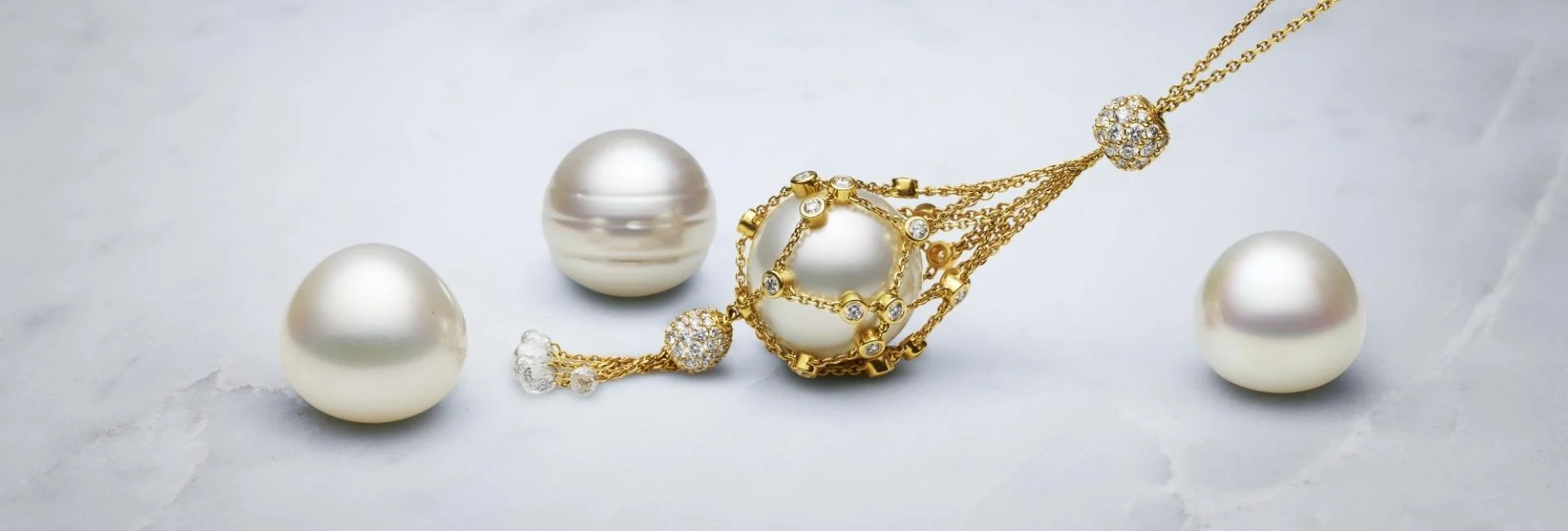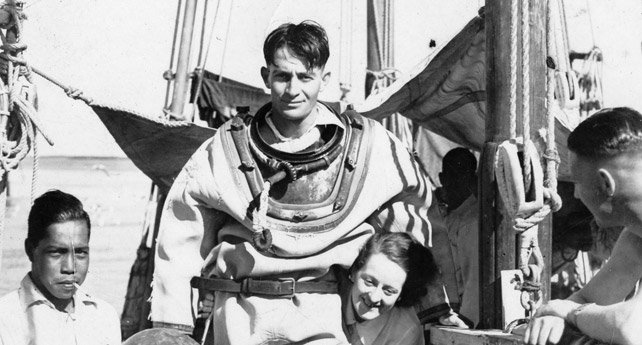June's Birthstone: The Pearl
The Colours of a Natural Pearl
Pearls are a timeless classic. Back in the 1930s when she popularized pearls among women, Coco Chanel knew that they would empower women to make their style statements.
They have been adorned by women from all walks of life since time immemorial. After all, like Coco Chanel once said, a woman needs ropes and ropes of pearls.
They are the type of jewelry you pass down to your daughter or granddaughter as an heirloom. Their natural beauty and touch of class and elegance are what most women love about pearls.
It always adds the right touch of sophistication. Now that you know what pearls mean when worn by a woman, what do you think they say about you? That way you can figure out the best type of pearls to go with your personality.Pearls are gems created by living creatures and their color depends on the shade of the outer shell of the mollusk. Alexandrite features a color-changing property (that we will cover later on). It’s a result of chromium traces in the mineral. Moonstone consists of orthoclase, and albite. They are stacked in alternating layers. This causes the adularescence which gives the gem its unique appearance. We describe each of these three June birthstones in-depth in the next section.
FACT: In 2012, scientists discovered a pearl in the United Arab Emirates that is believed to have originated between 5547 and 5235 BC, making it the oldest pearl ever found at nearly 7,500 years old.
One company which sticks out here in Australia is the Paspaley Group based up in Darwin. Check their story HERE the photographs are wonderful!
The Paspaley Group is an Australian family-owned and run company with a heritage of over 80 years and three generations. Recognised as pioneers of the Australian South Sea pearling industry, today the company has a diverse portfolio ranging from pearling to retail, aviation to agriculture.
The Paspaley company was founded in 1935 with the collection of mother-of-pearl shells for the button trade.
In the years that followed, cultivation of Australian South Sea pearls became the company’s primary focus. Every great company can point to a source of inspiration that set it on course for success. For Paspaley that inspiration was the late Nicholas Paspaley, MBE (1913–1984).
Fleeing the Greek island of Castellorizo during World War I, the Paspaley family arrived in Australia in 1919 in search of a new life. They decided to try their chances at their ship's first port of call, Cossack on the Indian Ocean coast of Western Australia. In this remote part of the world, the Paspaleys were among a handful of Europeans living in the area with the traditional Aboriginal inhabitants and Asian pearl fishers.
The unspoiled oceans off the Australian coast were, and still are, home to the world's largest beds of the most prized of the world's pearl oysters – the giant Pinctada maxima. Traders and settlers soon developed a thriving industry diving for the mother-of-pearl shell
The Board of Directors is comprised wholly of family members including the children and grandchildren of Nicholas Paspaley Sr, founder of Paspaley. The Executive Chairman, Nicholas Paspaley Jr has been largely responsible for pioneering and revolutionising the Australian South Sea pearl industry and enabling pearls of the quality we see today to be produced.
The Paspaley head office is in Darwin, with operations across Australia and internationally in Hong Kong and Japan. Paspaley Group currently employs over 1200 people, with over 600 in pearling alone.










